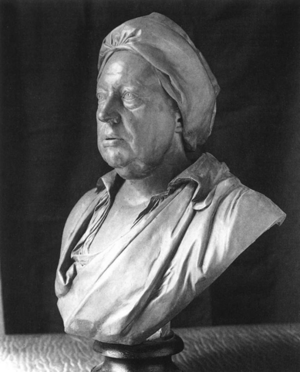John Belchier facts for kids
John Belchier (born 1706 – died 6 February 1785) was an important British surgeon. He worked at Guy's Hospital in London for many years, from 1736 to 1768. Belchier made a very interesting discovery that helped scientists learn more about how bones grow.
Contents
John Belchier: A Pioneer Surgeon
John Belchier was a skilled surgeon who lived a long time ago. He is remembered for his smart observations that helped change how we understand the human body. His work was very important for the study of bones and how they develop.
His Amazing Discovery
Around the time he started working at Guy's Hospital, John Belchier made a fascinating discovery. He found that a special plant dye called madder could stain new bone tissue. Imagine a dye that only colors the parts of bones that are actively growing!
This was a huge deal because it meant scientists could actually see how bones were forming. Before this, it was much harder to study bone growth. Belchier's discovery opened up a whole new way to understand the skeleton and how it grows and changes over time. Other famous scientists, like Henri-Louis Duhamel du Monceau and John Hunter, used his ideas to continue their own research.
Helping Others
Besides his scientific work, John Belchier was also involved in helping people. He was one of the first leaders, called a "founding governor," for the Foundling Hospital. This hospital was a special charity created in 1739 to care for abandoned children. It was a very important place that provided a safe home and education for many kids who needed help.
Belchier also played a role in the medical community. He was a member of the Court of Assistants at the Company of Surgeons from 1751 until he passed away in 1785. This group helped guide surgeons and set standards for their work.
Awards and Recognition
Because of his important discovery about bones, John Belchier received a special award. In 1737, he was given the Copley Medal by the Royal Society. The Copley Medal is one of the oldest and most respected science awards in the world. It shows that his work was recognized as being very valuable and groundbreaking by other top scientists of his time.


